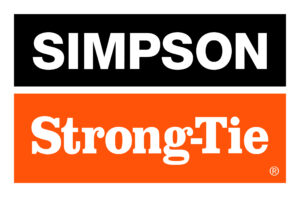Has one of your projects ever given you a homework assignment? I’m not talking about responding to an RFI or issuing a quick sketch overnight – I’m talking about reading assignment followed by a discussion section. Let me explain…
So one of my projects for a large institution was recently combined with three other projects. These four projects are related only by the fact that they involve the same building, but otherwise are completely different. One focuses on the shell, one focuses on interior renovations, one focuses on MEP upgrades, and one focuses on a connector sky bridge. While some of the consultants overlap on the various projects, they are indeed and continue to be four distinct projects with four distinct design teams – and the design phases are currently in various stages of completion. Our client hired an out of state construction manager to run all of the projects simultaneously. Most of us were unfamiliar with the CM, but they have a strong track record with this type of project/building use.
Now, situations like this are not especially rare, I suppose, but the way this project has kicked off has been unlike anything I have ever been involved with.
Initially, all major players from the various design teams and owners representatives were invited to a kickoff meeting that took place over two days, off site. However, surprisingly little project discussion actually took place. The focus instead was on team building, communication, and leadership.
I was apprehensive. So were others. My initial perception was that sure – for the CM and the Architect, this is their only significant project and they can focus this kind of energy on two days of meetings – but for me and many of the other subconsultants, this project is just one of many – I don’t have time for this! And then they asked us to read a book (Death by Meeting, Lencioni) and be prepared for discussion at the next two day meeting! And there was more – talk of project team community service events, late dinners, weekend golf or hunting trips, other ‘fun’ stuff. Who has time for this?
But a funny thing happened. Very quickly, the team started to jell. It was not required to make all of these events, but most seemed to try. And the various design teams started talking – taking ownership, expressing concerns, and openly committing to doing their part towards delivery of a successful project. The project is still in the early stages, and things are far from perfect, but there is a level of cohesiveness and communication that I do not think would have existed otherwise at this point.
Just this week we had another daylong meeting, this time a condensed version of the previous meetings but the goal was to integrate recently engaged subconsultants into the team’s successful project goals. Having only previously only worked with one of these subs, it was refreshing to hear the concerns and insight of new and familiar faces outside of a pre-construction meeting where things often have an adversarial overtone.
Like I said, the project is still in the very early phases, and is anticipated to take over three years – but the foundation of trust, teamwork and communication seems to be strong and I am optimistic for a successful project delivery.
As structural engineers, we often urge our clients not to skimp on the foundation. It may take a little longer and will certainly cost more, but will alleviate many problems down the road. The CM on this project has taken this approach to project delivery and people, and it has been intriguing. I will keep you posted on it successes and failures, and may suggest that the CM present at one of our future meetings. I think this approach could be implemented at some scale on most project.
Thanks for reading and see you at the February meeting!








